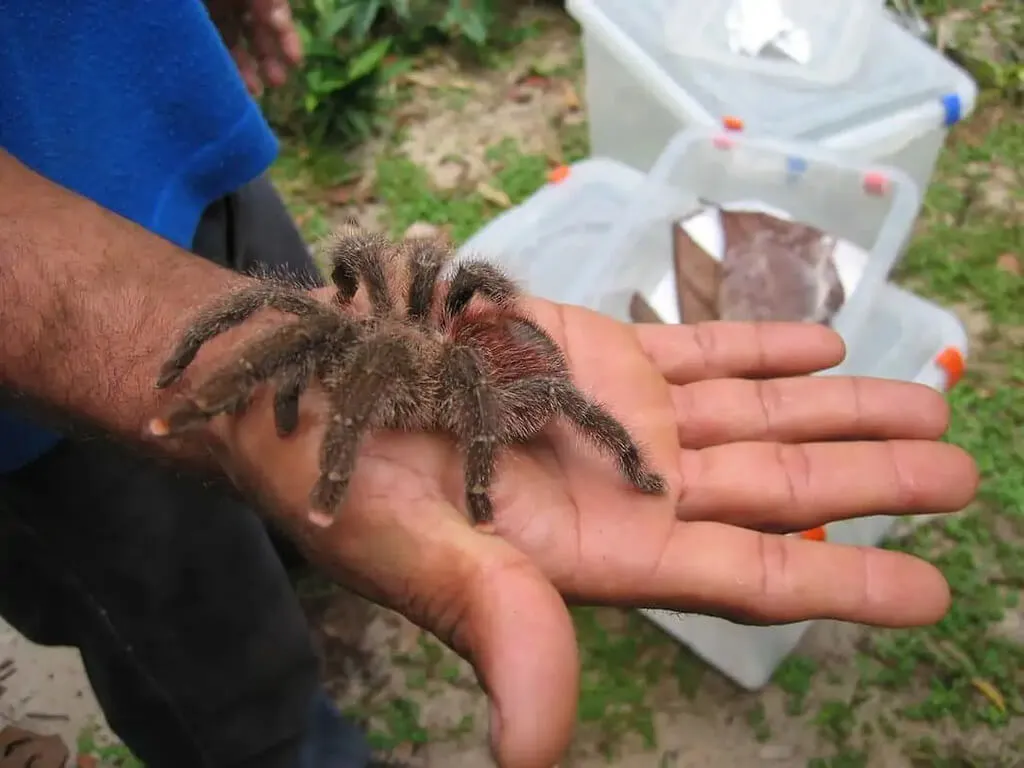The Pink Toe Tarantula (Avicularia avicularia) is a captivating species, known for its arboreal lifestyle and striking appearance. Caring for a full-grown Pink Toe Tarantula requires understanding its specific needs to ensure a healthy and happy life. This comprehensive guide will walk you through everything from habitat setup and feeding to handling and health, equipping you with the knowledge to provide the best possible care for your fascinating pet. Understanding the needs of a full-grown tarantula is crucial for responsible pet ownership, and it also allows you to fully appreciate the beauty and unique characteristics of this wonderful creature. This is more than just a pet, this is a living piece of art.
Understanding the Full-Grown Pink Toe Tarantula
Before diving into care specifics, it’s important to understand what constitutes a full-grown Pink Toe Tarantula. Maturity significantly influences their needs and behaviors, which will inform how you approach their care. This also means you understand when you should be concerned and when you should not be. The more you know, the better you will be at recognizing the different stages of growth and development.
Size and Appearance of a Full-Grown Pink Toe Tarantula
Full-grown Pink Toe Tarantulas typically reach a leg span of 5 to 6 inches. The females are generally larger than the males. The body, or carapace, is usually a dark color, with the namesake pink or reddish hues on the tips of their legs and feet. The abdomen is covered with urticating hairs, which can be a defense mechanism. The mature females are the most beautiful of the group because of their size and coloration. They can last for many years if cared for correctly.
Identifying a Mature Pink Toe Tarantula
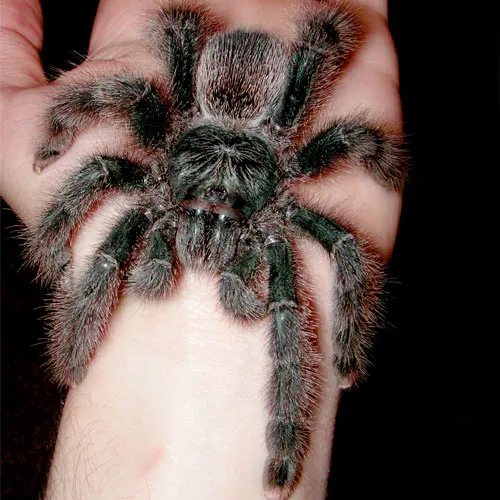
Determining the maturity of your tarantula is crucial for providing the correct care. Mature males will have tibial hooks on their front legs, used for mating. They also have smaller bodies and longer legs than females. Mature females, on the other hand, are larger, with a more robust build, and do not have tibial hooks. Additionally, the presence of a sperm web in a mature male is a sign of sexual maturity. Being able to identify your tarantula’s gender, as well as its maturity, will allow you to better understand its needs.
The Ideal Habitat for Your Full-Grown Pink Toe Tarantula
Creating the right environment is paramount for your Pink Toe Tarantula’s well-being. Pink toes are arboreal, which means they spend most of their time in trees or elevated positions. This dictates the type of enclosure needed. The habitat must mimic their natural environment to thrive.
Enclosure Size and Setup
A full-grown Pink Toe Tarantula needs an enclosure that provides ample vertical space. A terrarium that is at least 12x12x18 inches is a good starting point, with larger being preferable. The enclosure should be well-ventilated to prevent humidity buildup. Secure the lid to prevent escape. Consider the amount of space the tarantula will have to live. It’s important to provide the largest possible living space that you can accommodate to ensure the tarantula thrives.
Substrate and Decor
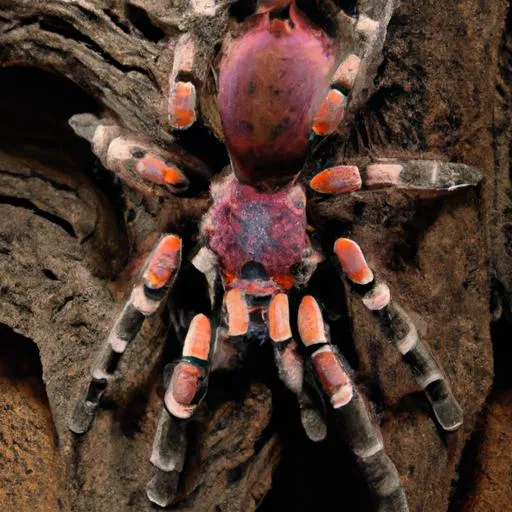
The substrate should retain some humidity while allowing for good air circulation. A mix of coconut fiber, peat moss, and vermiculite is ideal. Provide plenty of climbing opportunities, such as cork bark, branches, and artificial plants. Pink toes will often create a web retreat, so incorporating these elements gives them the necessary materials and encouragement to build this important part of their environment.
Maintaining Temperature and Humidity
Maintain a temperature between 75-85°F (24-29°C). Use a heat lamp or mat if necessary, ensuring it doesn’t overheat the enclosure. Humidity should be kept at 70-80%. Mist the enclosure regularly, but avoid over-misting, which can lead to mold. Monitoring humidity levels with a hygrometer is a good idea.
Feeding Your Full-Grown Pink Toe Tarantula
Proper nutrition is essential for a healthy Pink Toe Tarantula. These tarantulas are opportunistic feeders, so the type and frequency of feeding will significantly impact their health and lifespan. They do not require a lot of food, but the food should be nutritious. Their diet does not need to be complex.
What to Feed
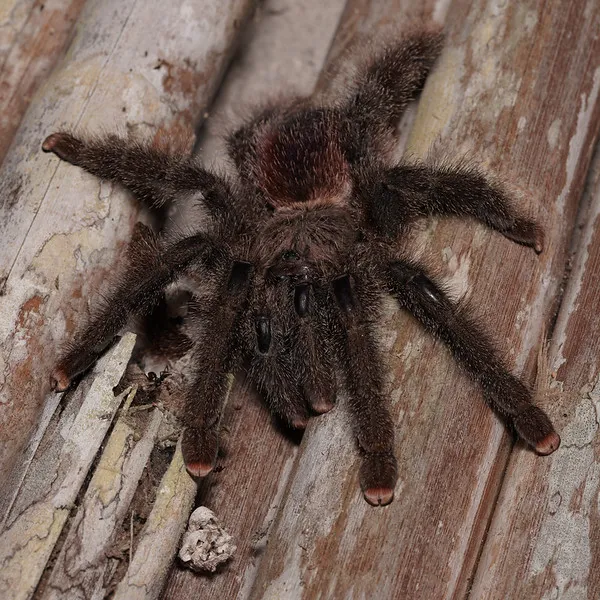
The primary diet of a Pink Toe Tarantula consists of insects. Crickets, roaches, and mealworms are all suitable. Variety is key. Occasional treats, such as a small pinky mouse (for adults only) can be offered, but should not be a regular part of their diet. Always ensure that the insects are gut-loaded before feeding to provide the tarantula with more nutrition. Ensure the food is healthy and fresh.
Feeding Frequency
Feed adult Pink Toe Tarantulas about once or twice a week. Adjust the feeding schedule based on the tarantula’s appetite and size. A tarantula that refuses food may be preparing to molt. Overfeeding is not good. Remove any uneaten prey within 24 hours to prevent stress to the tarantula or the possibility of injury. Always remove the prey so the tarantula isn’t disturbed when it’s molting.
Water and Hydration
Provide a shallow water dish with fresh, clean water at all times. The water should be readily accessible. Regularly check and refill the water dish, especially during dry periods. Misting the enclosure also provides a secondary source of hydration. Make sure that the water is always clean and available. If the water becomes contaminated, it will jeopardize the tarantula’s health.
Handling and Safety
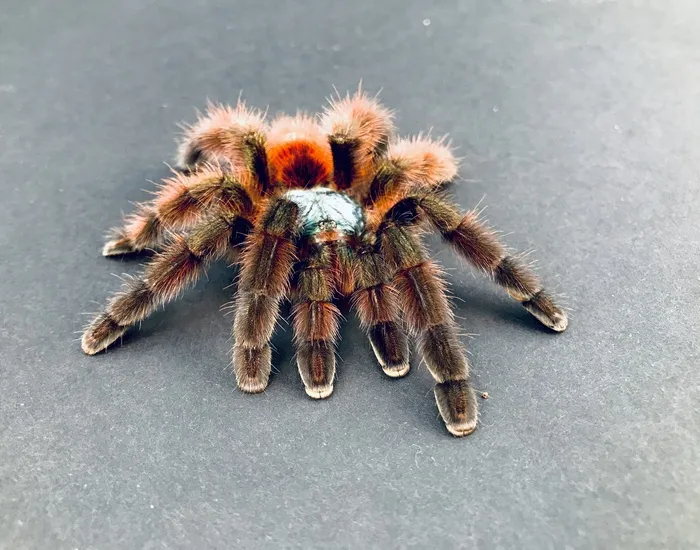
Handling a Pink Toe Tarantula should be approached with caution. While they are generally not aggressive, they can be skittish and react defensively. Always be mindful of their behavior and avoid any unnecessary stress. Consider the fact that the tarantula may not want to be handled. Even if you’ve had the tarantula for some time, its behavior can vary. Always be careful.
Handling Precautions
If you must handle your Pink Toe Tarantula, do so carefully and slowly, close to the ground. Avoid sudden movements and be prepared for the possibility of a jump or fall. Wash your hands before and after handling. Never handle a tarantula if you are using any strong scented products. Always be aware of where the tarantula is and what its intentions are. If the tarantula seems agitated, it’s best to leave it alone.
Understanding Tarantula Behavior
Observe your tarantula’s behavior. If the tarantula is agitated, it may raise its front legs in a defensive posture or flick urticating hairs. These behaviors are signs of stress, and it’s best to leave the tarantula undisturbed. A healthy tarantula is usually more relaxed and comfortable. Avoid handling when the tarantula is close to molting, which can cause stress.
Common Health Issues and Care
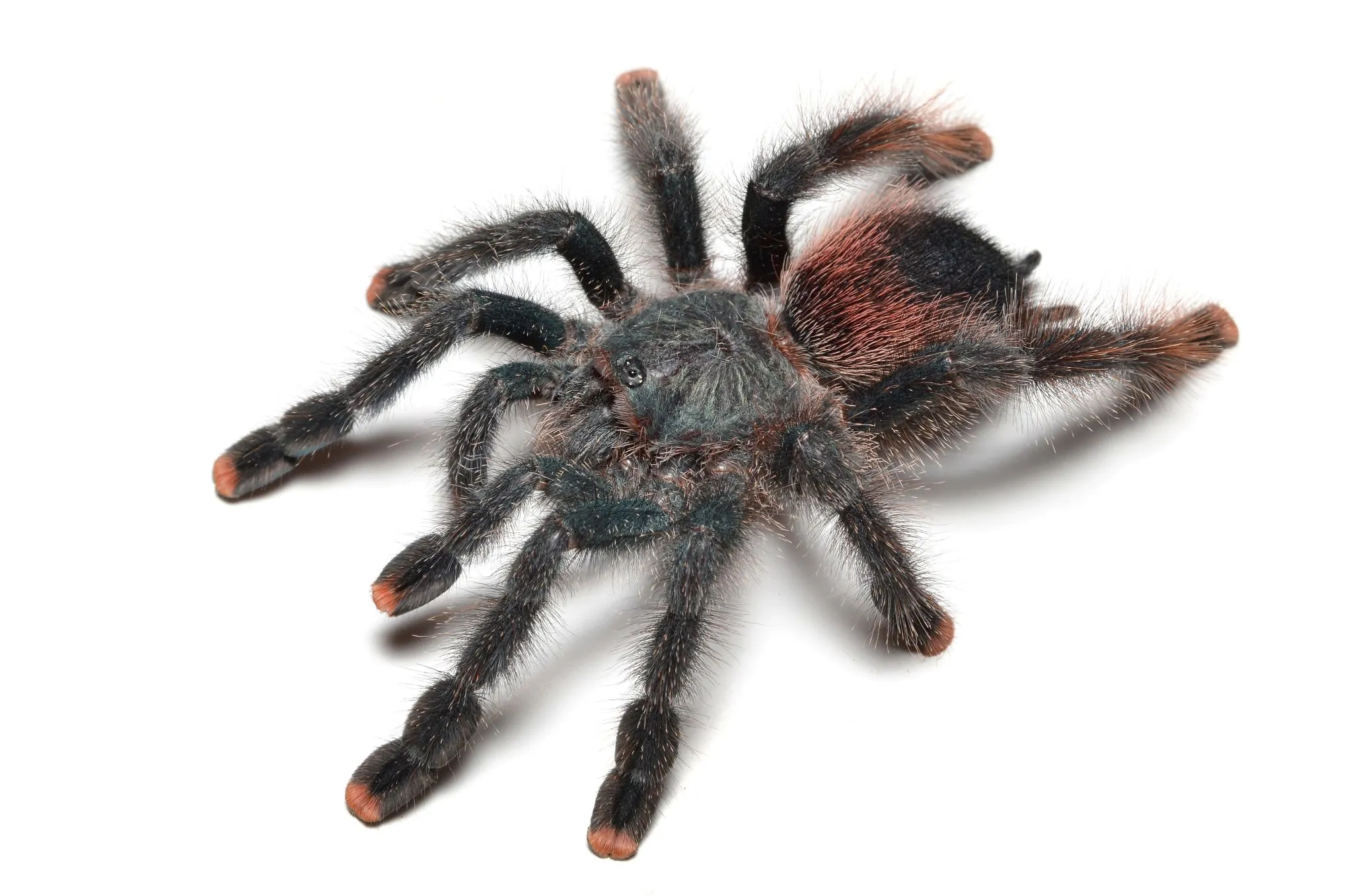
Like all pets, Pink Toe Tarantulas can experience health issues. Recognizing and addressing these issues promptly is key to keeping your tarantula healthy. Regular observation and preventative measures will go a long way in ensuring that your tarantula thrives. Being observant is very important.
Signs of Illness
Watch for signs of illness, such as loss of appetite, lethargy, or unusual behaviors like tremors or imbalance. Check for any physical abnormalities like discoloration, lesions, or parasites. If you observe these signs, consult with a veterinarian experienced in exotic pets. Keep an eye out for any changes in your tarantula’s behavior. If something seems amiss, take action and find out what the problem is.
Preventive Measures
Maintain a clean and properly humidified enclosure to prevent fungal infections. Ensure proper ventilation. Provide a varied diet with gut-loaded insects to prevent nutritional deficiencies. Regularly clean the enclosure and remove any uneaten food or waste. Quarantine new tarantulas before introducing them to other pets. These simple steps will help ensure that your pet remains in good health for years.
Molting Process
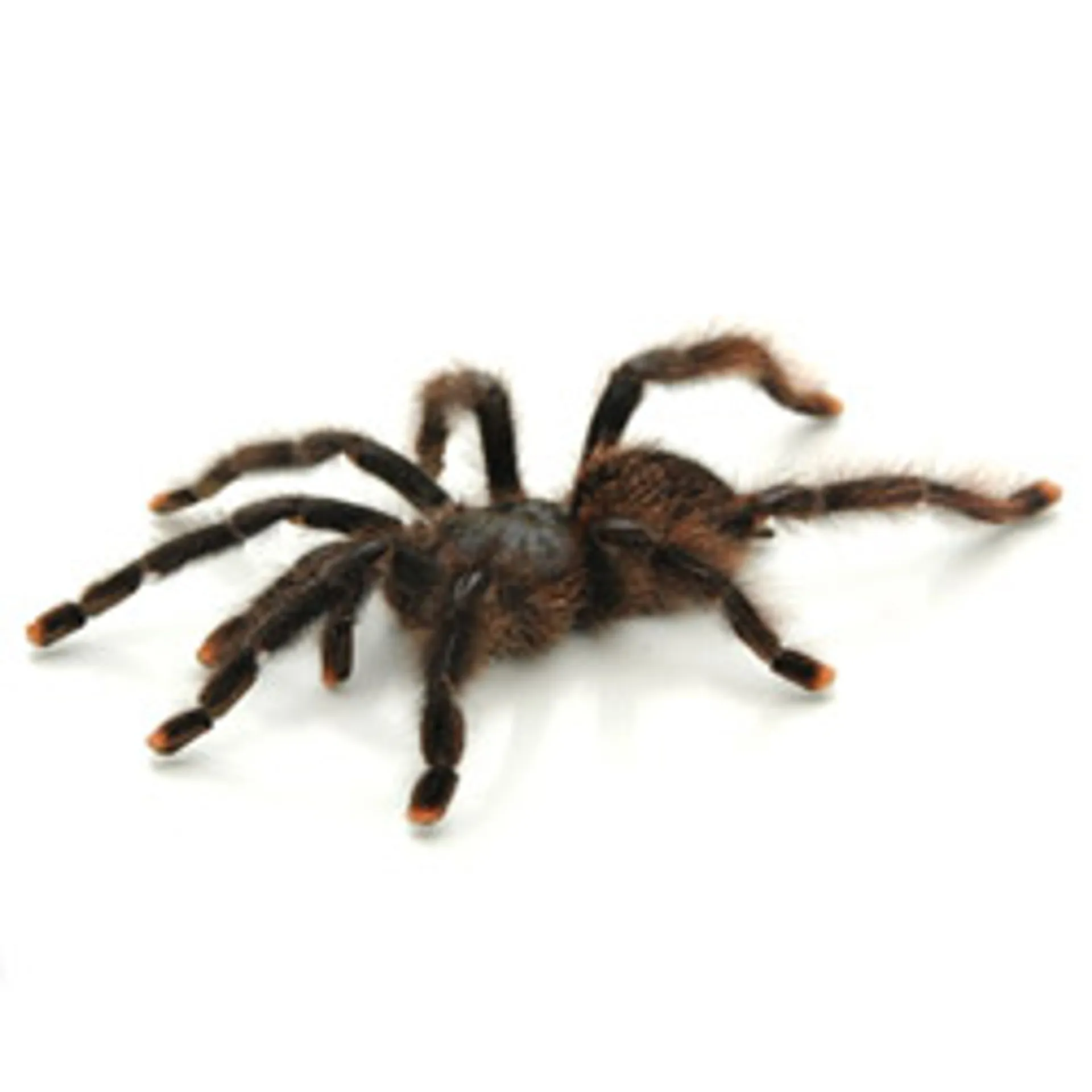
Molting is a natural process for tarantulas, as they shed their exoskeleton to grow. It can be a stressful time, so understanding the process and providing the right care is critical. Molting is necessary for growth. The more you understand about molting, the better you can prepare.
Preparing for Molting
Prior to molting, the tarantula may stop eating and appear lethargic. They will often create a web mat to prepare for the molt. Keep the enclosure humid, but avoid disturbing the tarantula. Do not feed the tarantula during this period. Provide a safe, undisturbed environment to allow the process to proceed naturally.
Post-Molting Care
After molting, the tarantula’s new exoskeleton will be soft and vulnerable. Do not feed the tarantula for several days, allowing its fangs and exoskeleton to harden. Offer food after a week, starting with smaller prey items. Ensure the enclosure is maintained at the proper humidity to facilitate the hardening process. Over time, the tarantula will regain its strength and resume normal activities.
Caring for a full-grown Pink Toe Tarantula is a rewarding experience. By understanding their specific needs, providing the right environment, and monitoring their health, you can ensure that your tarantula lives a long and fulfilling life. With patience, knowledge, and a little bit of care, you can enjoy the unique beauty of the Pink Toe Tarantula.
